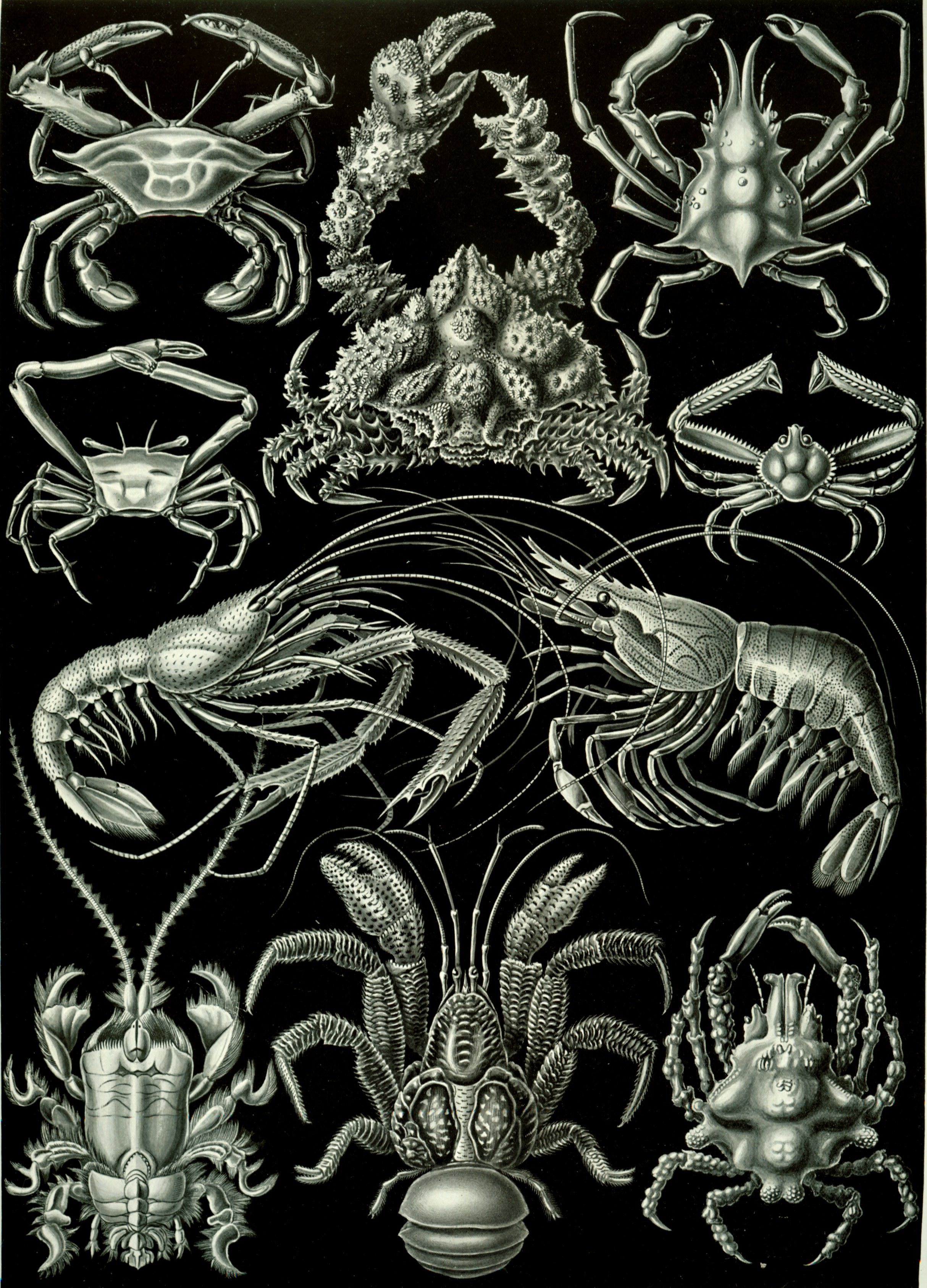|
Disciadidae
Disciadidae is a family of crustaceans belonging to the order Decapoda. Genera: * '' Discias'' Rathbun, 1902 * '' Kirnasia'' Burukovsky, 1988 * ''Lucaya Lucaya is a suburb of Freeport, Bahamas, a city on the island of Grand Bahama, approximately 105 mi (160 km) east-northeast of Fort Lauderdale, Florida. Lucaya's primary industry is tourism. Major hotels and attractions in the resort ...'' Chace, 1939 * '' Tridiscias'' Kensley, 1983 References {{Taxonbar, from=Q11842912 Decapods ... [...More Info...] [...Related Items...] OR: [Wikipedia] [Google] [Baidu] |
Crustaceans
Crustaceans (Crustacea, ) form a large, diverse arthropod taxon which includes such animals as decapods, seed shrimp, branchiopods, fish lice, krill, remipedes, isopods, barnacles, copepods, amphipods and mantis shrimp. The crustacean group can be treated as a subphylum under the clade Mandibulata. It is now well accepted that the hexapods emerged deep in the Crustacean group, with the completed group referred to as Pancrustacea. Some crustaceans ( Remipedia, Cephalocarida, Branchiopoda) are more closely related to insects and the other hexapods than they are to certain other crustaceans. The 67,000 described species range in size from '' Stygotantulus stocki'' at , to the Japanese spider crab with a leg span of up to and a mass of . Like other arthropods, crustaceans have an exoskeleton, which they moult to grow. They are distinguished from other groups of arthropods, such as insects, myriapods and chelicerates, by the possession of biramous (two-parted) limb ... [...More Info...] [...Related Items...] OR: [Wikipedia] [Google] [Baidu] |
Decapoda
The Decapoda or decapods (literally "ten-footed") are an order of crustaceans within the class Malacostraca, including many familiar groups, such as crabs, lobsters, crayfish, shrimp and prawns. Most decapods are scavengers. The order is estimated to contain nearly 15,000 species in around 2,700 genera, with around 3,300 fossil species. Nearly half of these species are crabs, with the shrimp (about 3,000 species) and Anomura including hermit crabs, porcelain crabs, squat lobsters (about 2500 species) making up the bulk of the remainder. The earliest fossil decapod is the Devonian '' Palaeopalaemon''. Anatomy Decapods can have as many as 38 appendages, arranged in one pair per body segment. As the name Decapoda (from the Greek , ', "ten", and , '' -pod'', "foot") implies, ten of these appendages are considered legs. They are the pereiopods, found on the last five thoracic segments. In many decapods, one pair of these "legs" has enlarged pincers, called chelae, with the l ... [...More Info...] [...Related Items...] OR: [Wikipedia] [Google] [Baidu] |
Lucaya (crustacean)
Lucaya is a suburb of Freeport, Bahamas, a city on the island of Grand Bahama, approximately 105 mi (160 km) east-northeast of Fort Lauderdale, Florida. Lucaya's primary industry is tourism. Major hotels and attractions in the resort are thOur Lucayaresort, which includes both The Radisson and Reef Village properties, Pelican Bay Hotel and the UNEXSO (UNderwater EXplorers SOciety) dive charter operation. UNEXSO was the first destination dive charter business in the world and now features a dolphinarium as well as a variety of SCUBA diving charters including shark feeding dives. Port Lucaya is a popular spring break destination with the socializing centering on Count Basie Square. See also *Lucaya International School *Albert Tillman Albert Alvin Tillman (January 16, 1928 – January 16, 2004) was an American educator and underwater diver. Biography Tillman was born in Los Angeles, California. He became interested in marine and underwater life when, at age 10, he ... [...More Info...] [...Related Items...] OR: [Wikipedia] [Google] [Baidu] |

